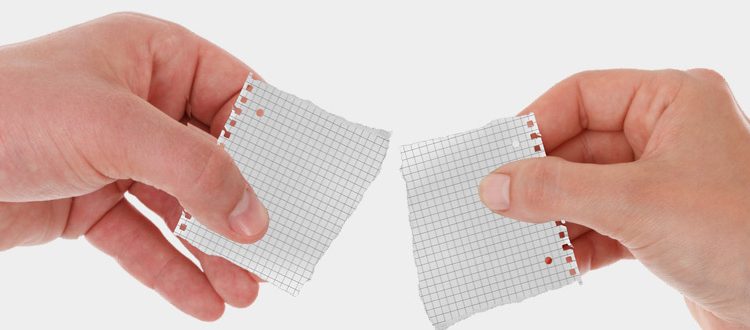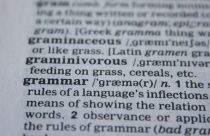Incomplete Comparisons: “I Ate More” Vs. “I Ate More than He Did”

As an author, your biggest mission is to communicate information to your readers clearly and precisely. Academic writers often use comparisons to highlight the importance of a discovery or finding or to explain the degree to which something has changed. Comparisons can often help facilitate understanding and provide important context, but if written incorrectly, they can leave your audience more confused than they were before. Take a look at the following sentence:
I ate more.
This sentence leaves us with some questions. I ate more than what? I ate more than who? I ate more than when? This sentence is a classic example of an incomplete comparison. This is because it contains only one thing that is being compared: the amount that I ate. It can be fixed by adding more information- a second element of comparison. Complete comparisons must include at least two things or ideas that are being compared.
I ate more than he did. (What I ate vs. what he ate)
I ate more than a hungry elephant. (What I ate vs. what a hungry elephant eats)
I ate more than I did yesterday. (What I ate today vs. what I ate yesterday)
How to Fix it?
Let’s look at a few examples of how incomplete comparisons can keep your audience from understanding the significance of your work. Take the following example sentence. Can you find the error?
Even women who negotiated their salaries still earned less.
These findings sound important, but the way the sentence is written now, it is hard to understand exactly how big of a problem women face in salary discrimination. Women earned less than who? Less than what?
Even women who negotiated their salaries still earned less than men of the same rank and experience who didn’t.
By adding more information, we’ve given the reader a way to understand the weight of our findings. Let’s take another example:
The local government promised to spend 15% more on welfare.
At first glance, this sentence seems fine. 15% more! That’s a lot! But is it?
The local government promised to spend 15% more on welfare than it had the previous year.
The local government promised to spend 15% more on welfare than on new office supplies.
The local government promised to spend 15% more on welfare than the federal government did.
These examples make the problem in the first sentence clear: there isn’t enough information to help us know how much the government promised to spend. The local government promised to spend 15% more, but 15% more than what? The amount of money promised by the local government changes quite a lot between each of these sentences, even though in each case it is spending 15% more. Without the second element, the true meaning of the sentence is lost.
Let’s try another example. Can you find the problem in this sentence?
Researchers found that Danish people liked fish more than Japanese people.
Not quite sure where the error is? Here are some hints to help you figure it out.
Researchers found that Danish people liked fish more than Japanese people, with 56% of Danes ranking “fish” number 1 on their top ten list of favorite things as compared to just 13% Japanese.
Researchers found that Danish people liked fish more than Japanese people did, with the average Dane consuming 1.5 kg of fish per day and the average Japanese citizen consuming just .7 kg per day.
See the problem? Even though the meaning of the sentence “Researchers found that Danish people liked fish more than Japanese people” might seem obvious, it is, in fact, an incomplete comparison. By omitting the word “did” from the end of the sentence, the reader is unsure if the researchers compared how much Danish people like various things, or if they compared the dietary preferences of Denmark and Japan.
This example highlights an important point. Although it might seem like the context makes the comparison easy to understand, it is critical to make sure that a comparative sentence is complete on its own and does not rely on the surrounding context to make its meaning clear. When you are explaining your findings or making a case for your argument in a paper, a clear comparison allows you to reinforce your meaning and guide the reader to your message.
Fortunately, you can avoid leaving your readers in the dark by checking just two criteria when you write a comparison.
First, are there two or more elements in the sentence? And second, does the grammar structure of the sentence make it clear which two elements are being compared? Be specific in the elements you are comparing and make sure that you haven’t omitted any words that are critical to understanding.
Now that you know how to avoid this common error, you’re on your way to becoming a better writer and communicating exactly what you want to say!
Do incomplete comparisons hold you back from taking your writing to the next level? What tips do you follow to avoid common pitfalls? Share your comments in the below section!








